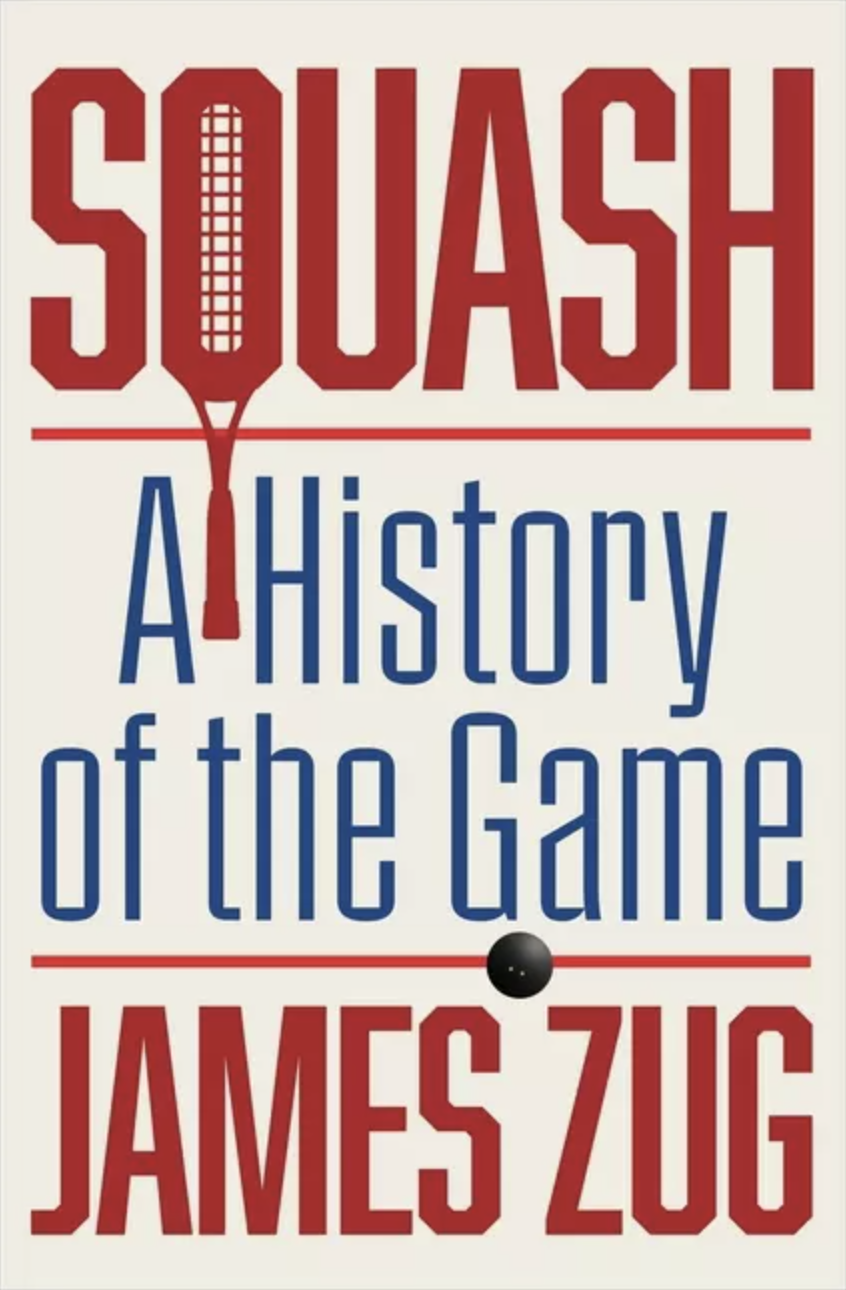James Zug
An award-winning historian and journalist.
He received a masters in nonfiction writing from Columbia in 1999. He has written for the New York Times, Atlantic, New Criterion, Tin House, Dartmouth Alumni Magazine and Friends Journal. A former book review columnist for Outside, he has reviewed books for the Wall Street Journal, Daily Beast, Boston Globe, New York Times Book Review, Philadelphia Inquirer, Chicago Tribune, Cleveland Plain Dealer and Fast Company. Having written a bi-weekly blog at Vanity Fair, he now has a newsletter at TK.
He is the author of a half dozen books: a history of U.S. squash (Scribner, 2003); a biography of John Ledyard (Basic Books, 2005) that was named an Editor’s Choice by the New York Times Book Review; a history of the Guardian, a Cape Town anti-apartheid newspaper published in the 1940s and 1950s (Michigan State, 2007); a history of Sidwell Friends School (privately published, 2008); and Run to the Roar, a book about leadership and mentoring through the life story of the winningest coach in U.S. collegiate history. He also edited John Ledyard’s collected writings (National Geographic, 2005).

James Zug
LATEST BOOKS
Run to the Roar
By James Zug
Run to the Roar, published by Penguin in November 2010, is a book for parents and coaches who want to learn how to mentor the
The Long Conversation
By James Zug
In September 1883 Thomas Sidwell opened a new school in a back room in Washington, DC’s Quaker meetinghouse. In the next one hundred and twenty-five
The Guardian
By James Zug
The sole national anti-apartheid newspaper in South Africa, the Guardian not only reported on the liberation struggle but led it. Reporting on strikes, repression and political manuevering,
The Last Voyage of Captain Cook
By James Zug
Called “a man of genius,” by Thomas Jefferson, John Ledyard was the first great American explorer. Ledyard (1751-1789) was a native of Groton, Connecticut. He
The Last Voyage of Captain Cook
By James Zug
The first time all of Ledyard’s writings have been published together, The Last Voyage of Captain Cook was published in March 2005 by the National Geographic Society. It
The Preserve: A Centennial History 1904-2004
By James Zug
The Preserve: A Centennial History 1904-2004 was privately published in a 2,000-copy edition in August 2004. Professionally designed, it is a 312-page, four-color, coffee-table book, with
Squash: A History of the Game
By James Zug
Published by Scribner in September 2003, Squash has a foreword written by the late George Plimpton. The first history of the game in the United States, Squash incorporated every






